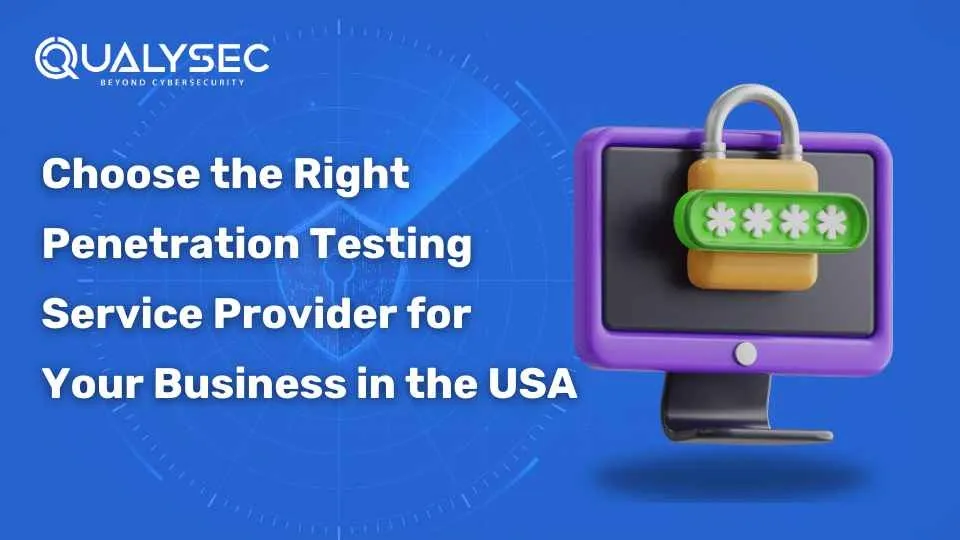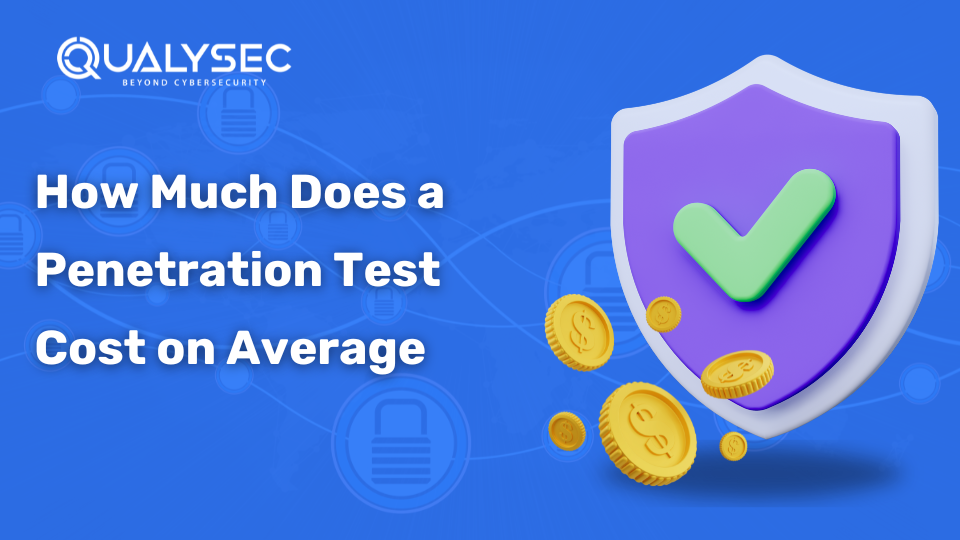Mobile App Security Testing : 7 Penetration Testing Best Practices
To reduce an application’s security concerns, developers must ensure their applications can withstand rigorous security testing. Fortunately, technologies exist to ease and even automate these security tests. Best practices can also be used to guide and educate the testing process. This post will discuss the most frequent mobile app security testing and highlight popular vulnerabilities. We’ll also
Read More












